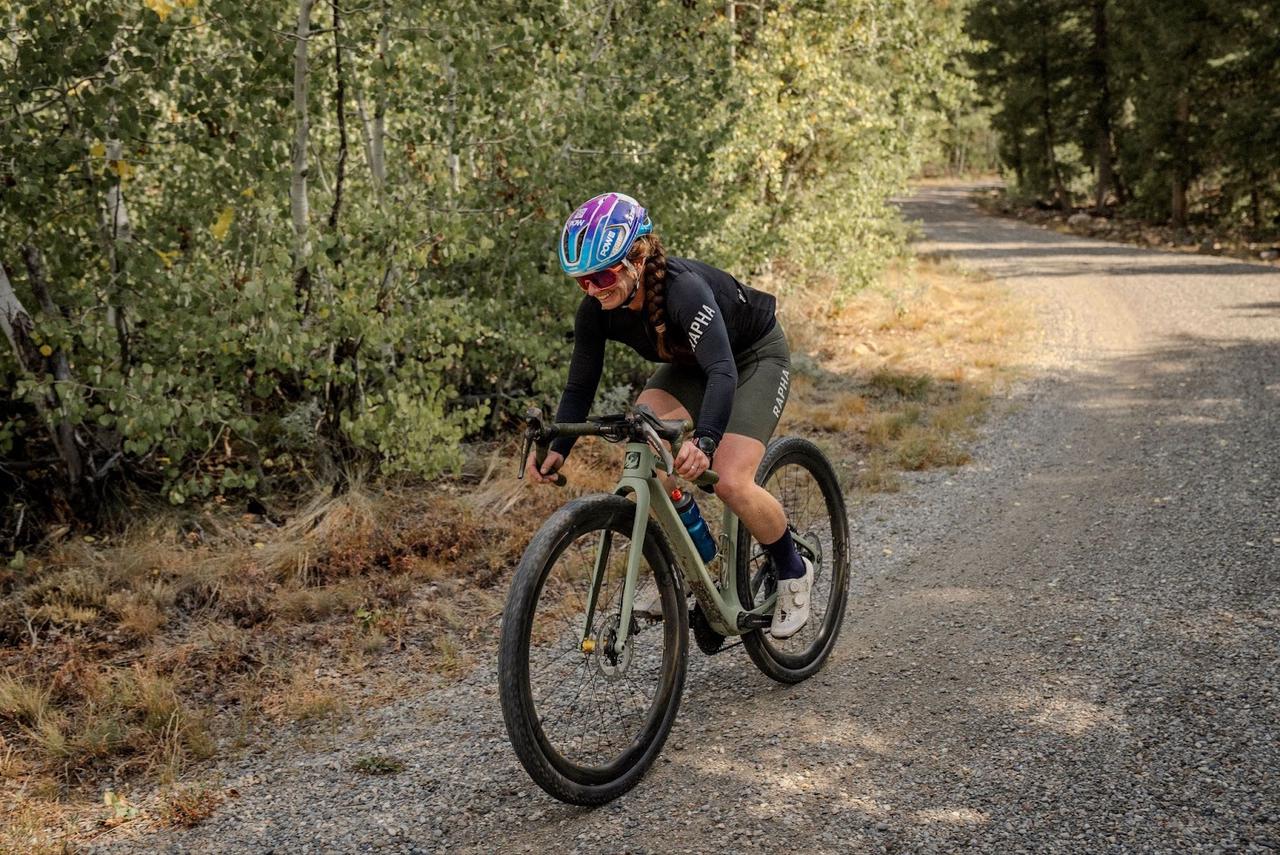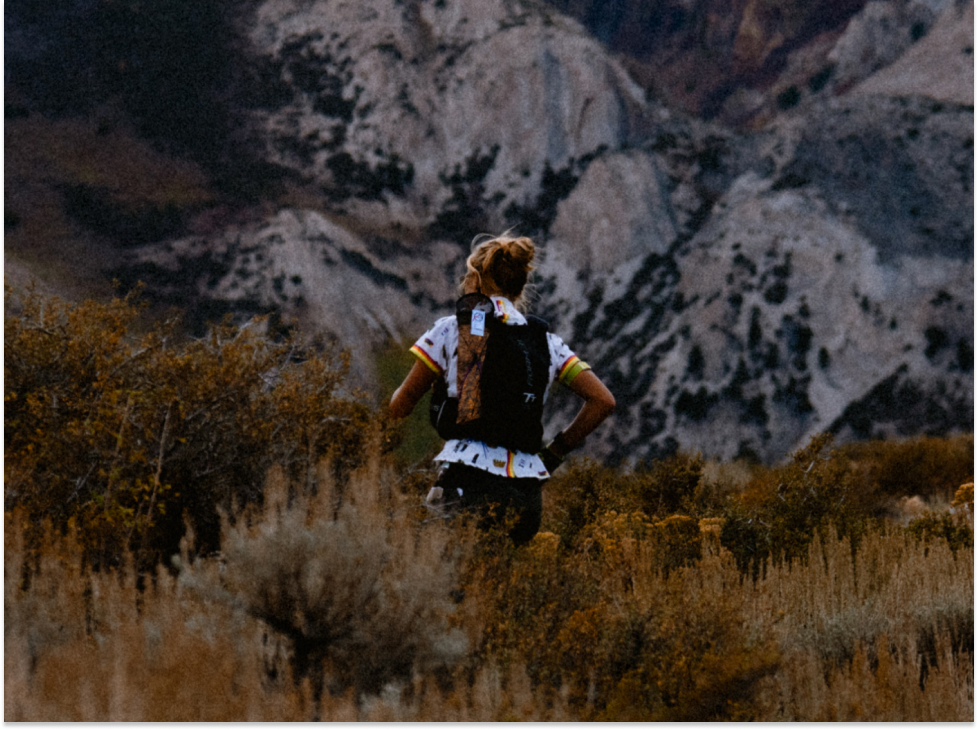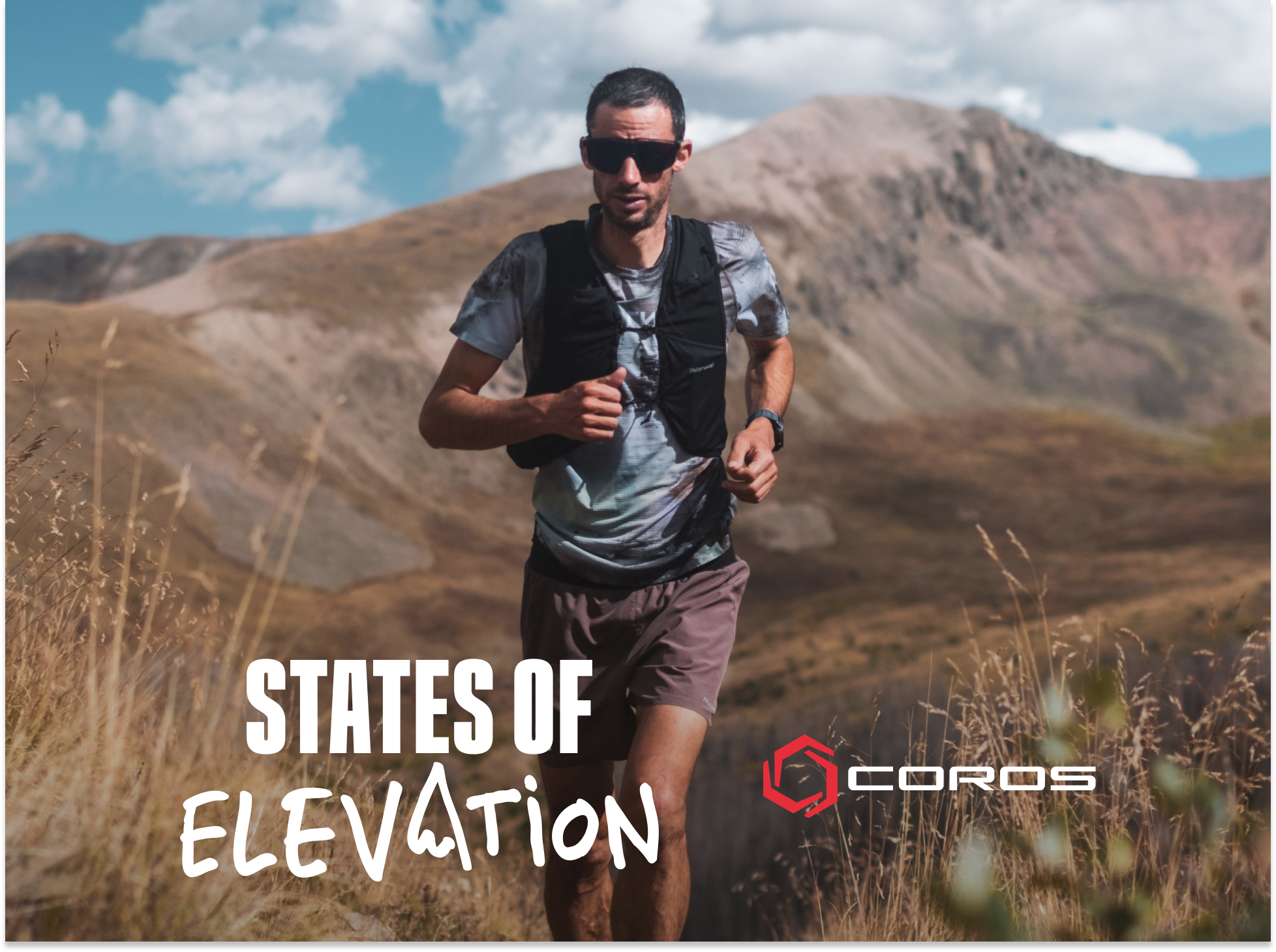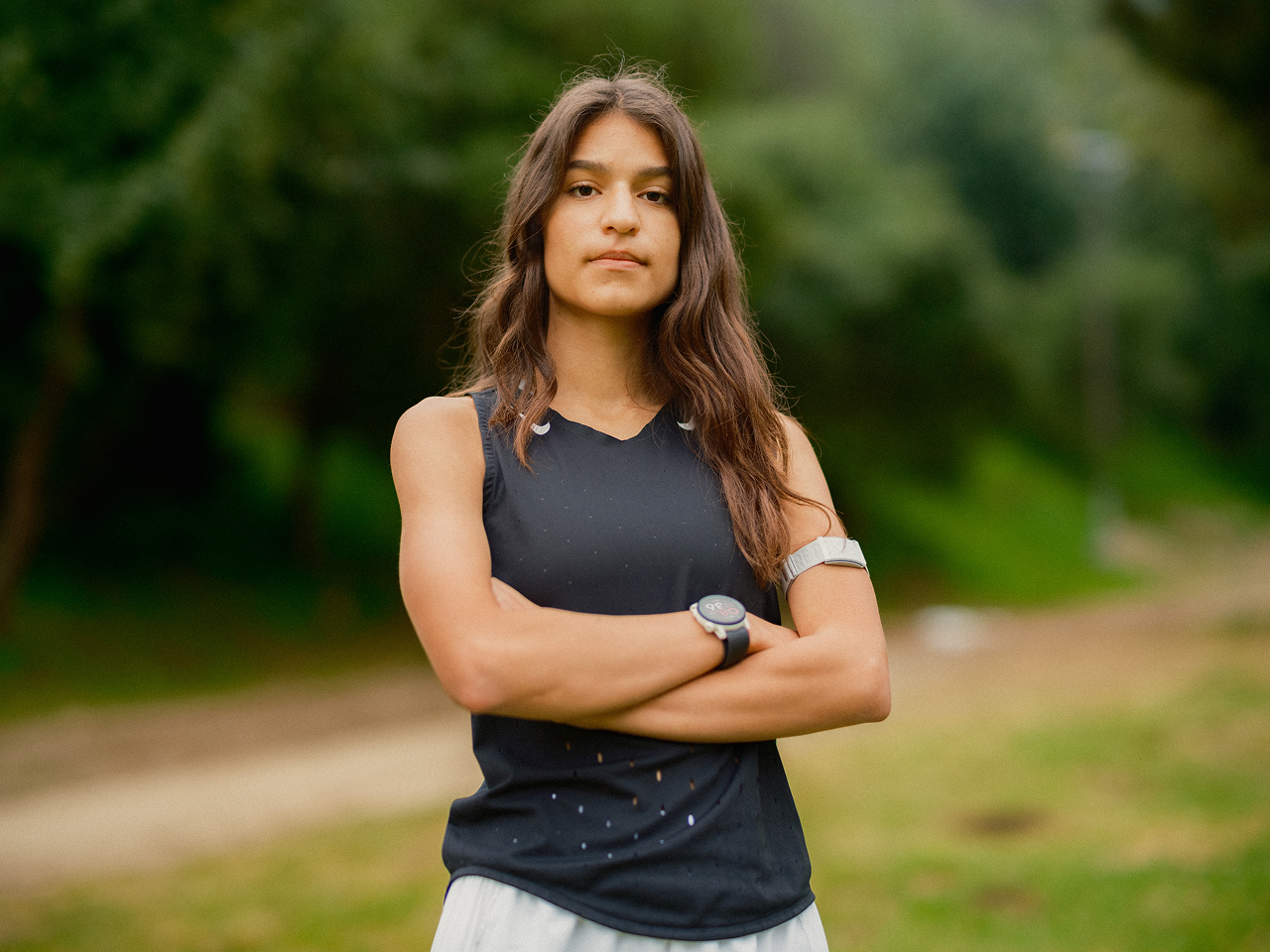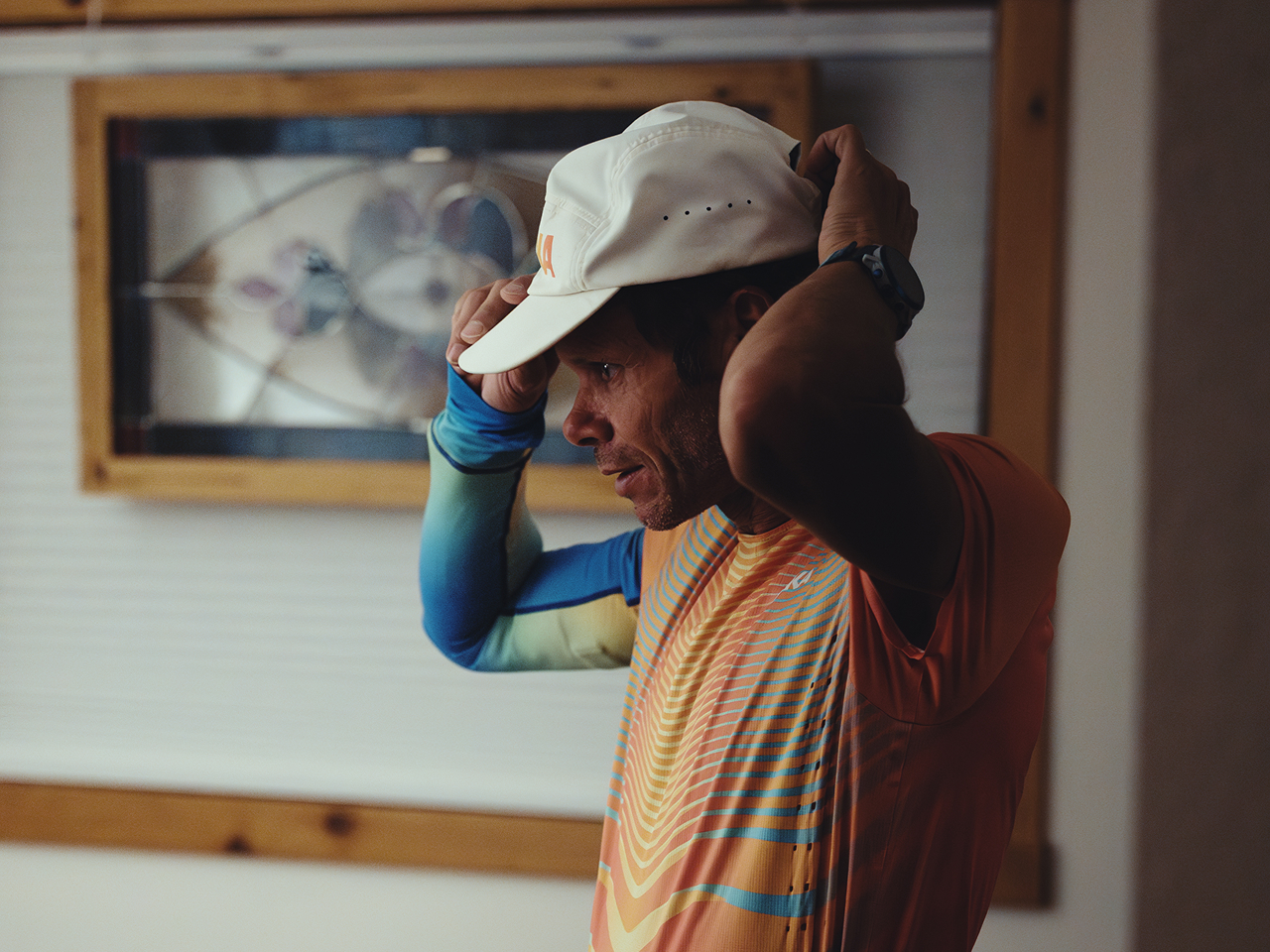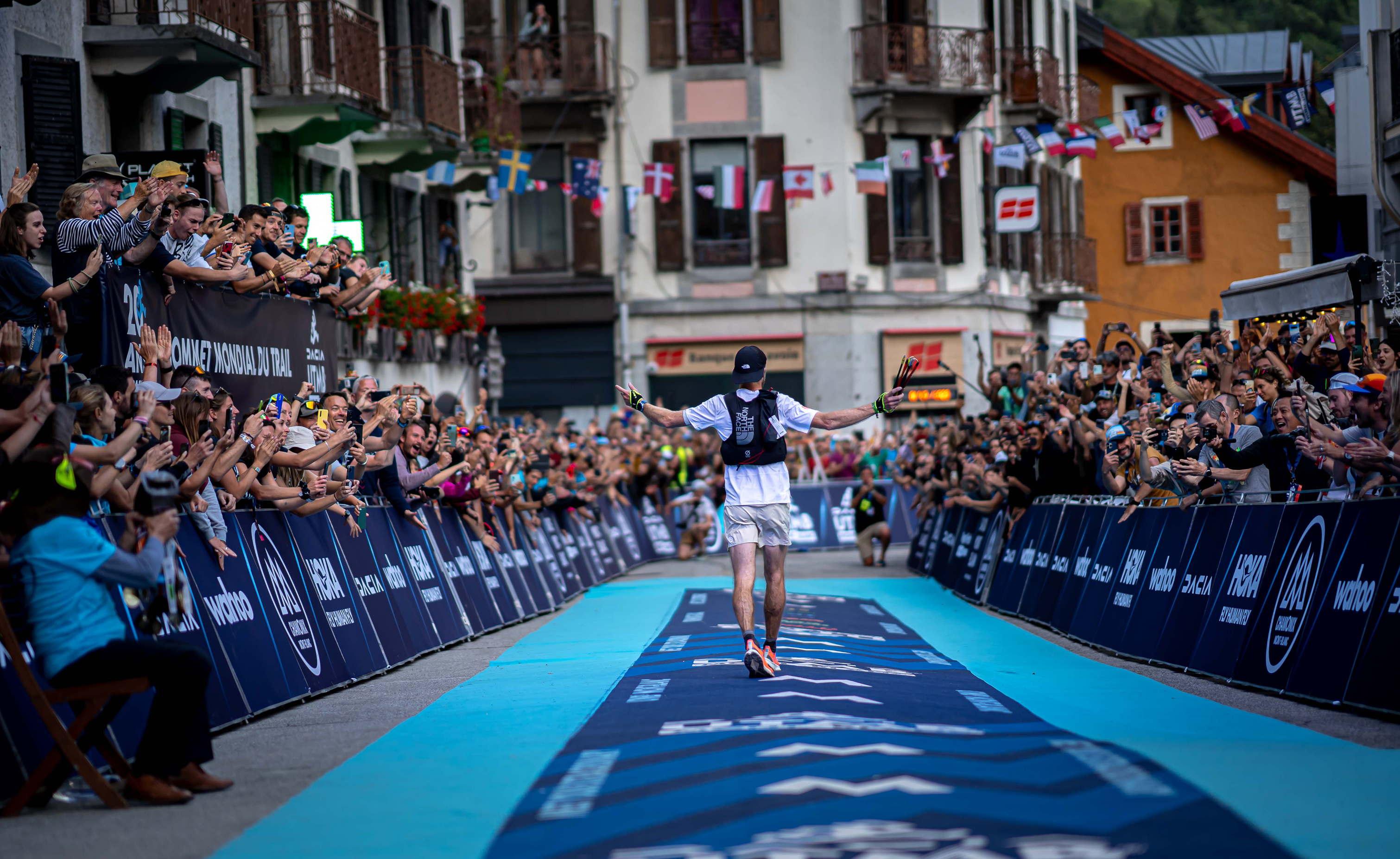Mt Kilimanjaro is located in the Kilimanjaro region of Tanzania. Situated within Africa, it is the tallest peak on the continent. Often noted as one of the "seven summits'', it has long been a bucket-list project for climbing enthusiasts looking to test their might amongst the world's tallest peaks. Topping out at 19,341 feet, it has the largest vertical incline from its base at 16,100 ft. While this peak represents a lifetime achievement for so many, Amateur hiker Dominic (Dom) Martone stood atop of this summit on July 25th, 2023. Below are his 4 keys to success for any climber/enthusiast looking to accomplish this amazing feat.
Watch worn for training/navigation: COROS VERTIX 2
Training
As part of any serious Kilimanjaro attempt, training is at the forefront of your preparation. In order to build confidence for this monumental task, you must prepare the body to meet the demands. Below are the methods Dominic utilized before embarking on a bucket-list hike.
Cardio Training
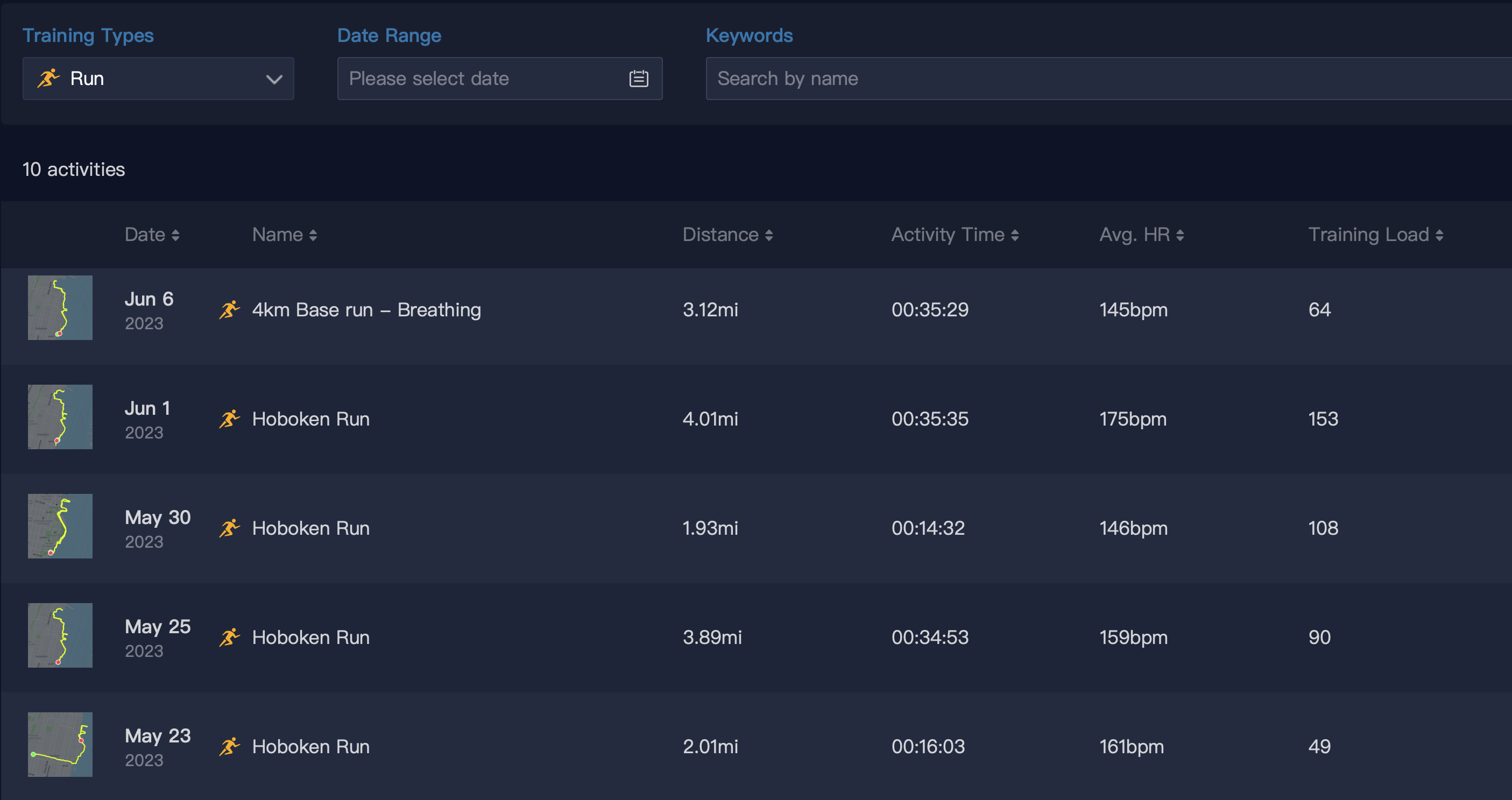
For the 6-months prior to this journey, Dom added in 2-4 mile runs (3-5x/week) to prepare his cardiovascular system for the aerobic demands of hiking. "While I'm relatively fit, I would recommend a longer build for those starting at a lesser fitness level". Being sure to never overly fatigue his body, Dom also monitored his daily Training Load within the COROS Training Hub. Training Load allows athletes to monitor their fatigue/fitness over time. "As I built my training, I could feel my fitness improving and the data supported this. This absolutely helped me build confidence in my ability to successfully accomplish my goal."
Weight Training
Along with his daily 2-4 mile runs, Dom also worked in a weight training routine to build strength in his lower body. The purpose for doing this is to ensure your muscles don't fatigue well before your cardiovascular system. By combining both strength and cardio into your plan, you'll ensure your entire body is ready for the journey. There was a two-tiered approach Dom managed in a successful way.
#1 Leg Day
- Squats
- Leg Press
- Split Squats
- Jumping Jacks
- Ab routine
#2 Stairmaster with pack
- 20-30 minute routine
- 15-20 lb vest on to mimic his hiking pack
Specific Demand Training

Outside of preparing your cardio and muscular systems, there is a principle in training called "specificity". Essentially, the closer you get to your goal, the more specific your movements should become. While Dom mixed in some hikes prior, he saved his longest hikes for 2 weeks prior to his trip. This was a chance for him to test his equipment, and build his mental/physical toughness before setting off for Tanzania.
Training should be a part of anyone's routine prior to taking on a new challenge. Dom built his cardio fitness, built his strength, and also built his specific focus leading into his trip. These are key focus points readers should look to mimic on their own upcoming journey.
Equipment
Another key focus before setting out on your next adventure is ensuring you have the right equipment for the task at hand. When Dom wasn't training, he was set on ensuring he had the right equipment needed for Kilimanjaro. "When beginning to look into this hike, I did a ton of research, identified the exact route, read tips/tricks from the guide business website, and things to look for." Ultimately, these were the items Dom packed for his expedition:
- COROS VERTIX 2 (navigation and pacing tool)
- Daypack
- Water: 3L Bladder and 2L nalgene (Most of his weight in pack)
- Nutrition bars
- Rain Jacket
- Pullover
- Sunscreen
- Accessories
- Trekking Poles
- Winter jacket
"I went with a guided trip, so we were lucky to have Porters take our camping equipment up the mountain for us." Outside of his camping equipment, Dom kept his daypack and VERTIX 2 with him at all times to ensure he had what he needed and knew where he was going. The one issue he ran into was not packing enough warmth. "I used what I had, but I wish I would have brought an additional outer shell. These websites provide you with a list of packing equipment and I should've paid closer attention. Anyone learning from me should know to get the proper equipment and test it in your training prior". Other than this small hiccup, Dom felt adequately prepared and felt with the addition of an outer shell (to avoid wind, maintain warmth), this was a good starting place for most individuals.
Game Plan
While training and research will take up the bulk of your time leading into your adventure, there comes a point when you need to develop a game plan. This plan should be rooted in training you have accomplished and equipment you have tested in the field.
Navigation
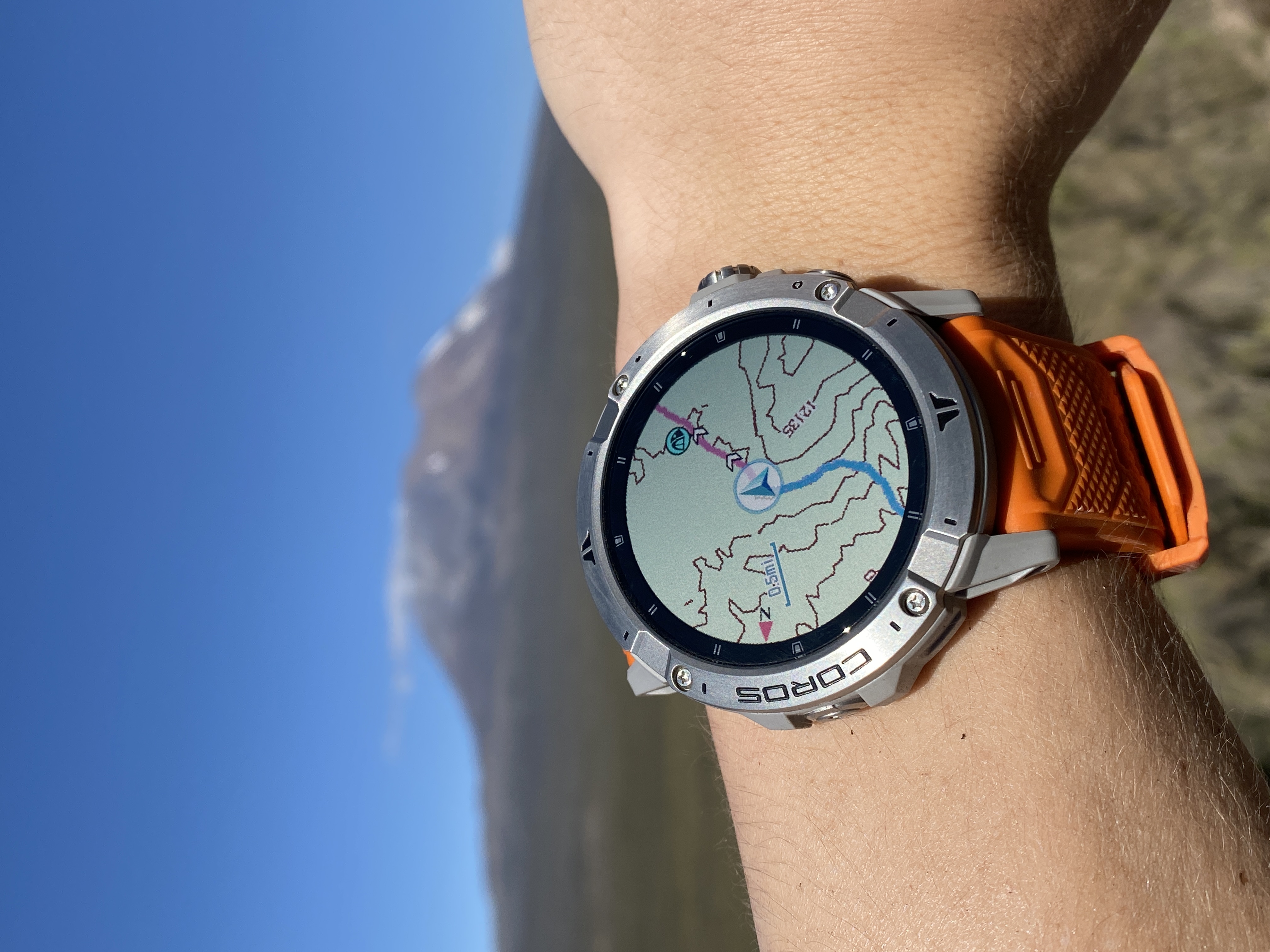
Prior to his flight to Tanzania, Dom built the route in his COROS App and synced it directly to his watch. Along with creating this route, he also put checkpoints on the map so he knew how long it would be until the next campsite or point of interest (summit). "I was the only individual in the group with exact distances and elevation to the next campsite. I often would tell others where we were to boost morale and keep us moving at a decent pace." Relying on his VERTIX 2 for navigation, Dom was always aware of his current positioning, and how long he had until his daily stop. This can prove invaluable to athletes as they set out on a new adventure and need to ensure both safety and direction are readily available.
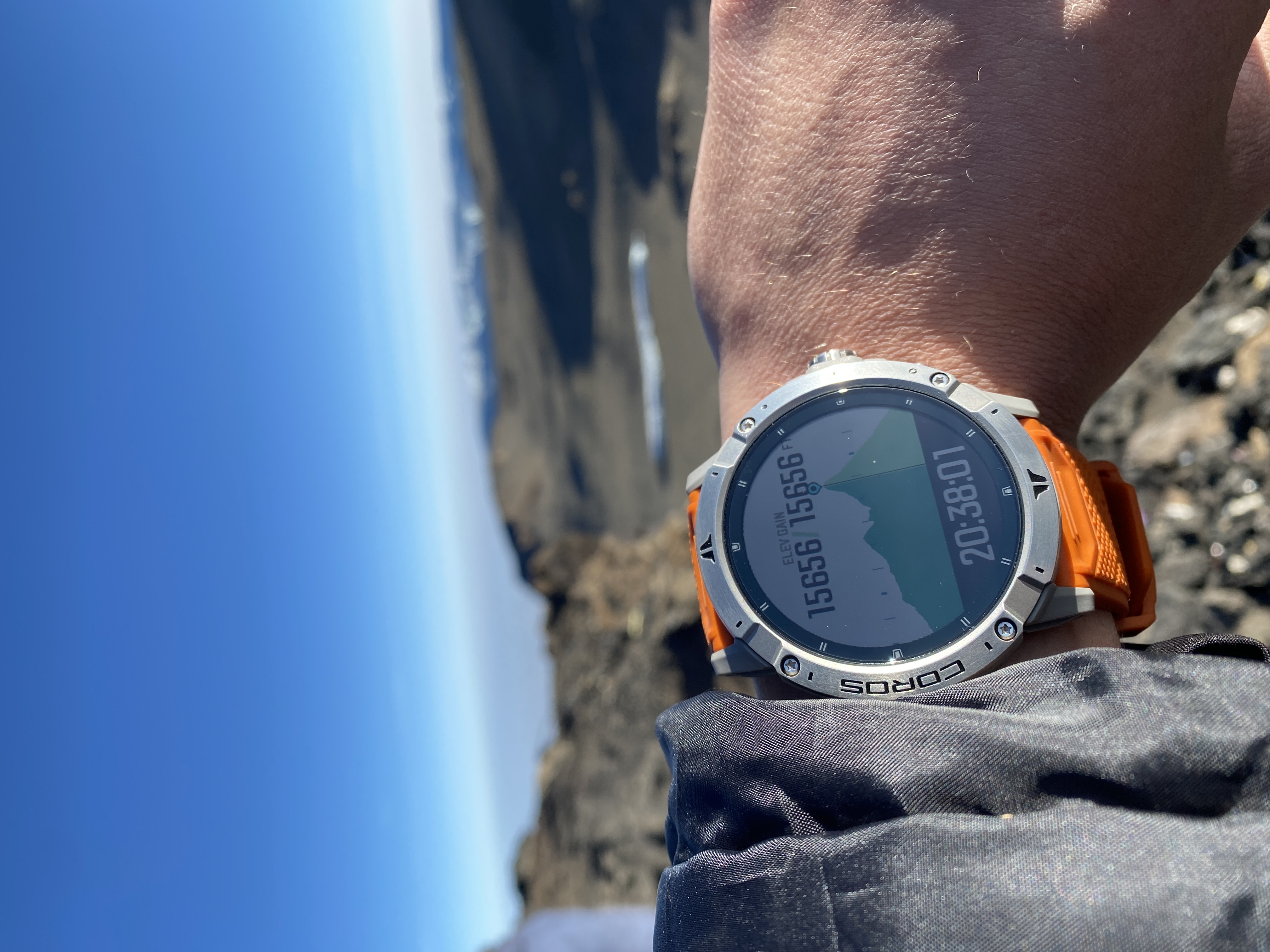
Pacing
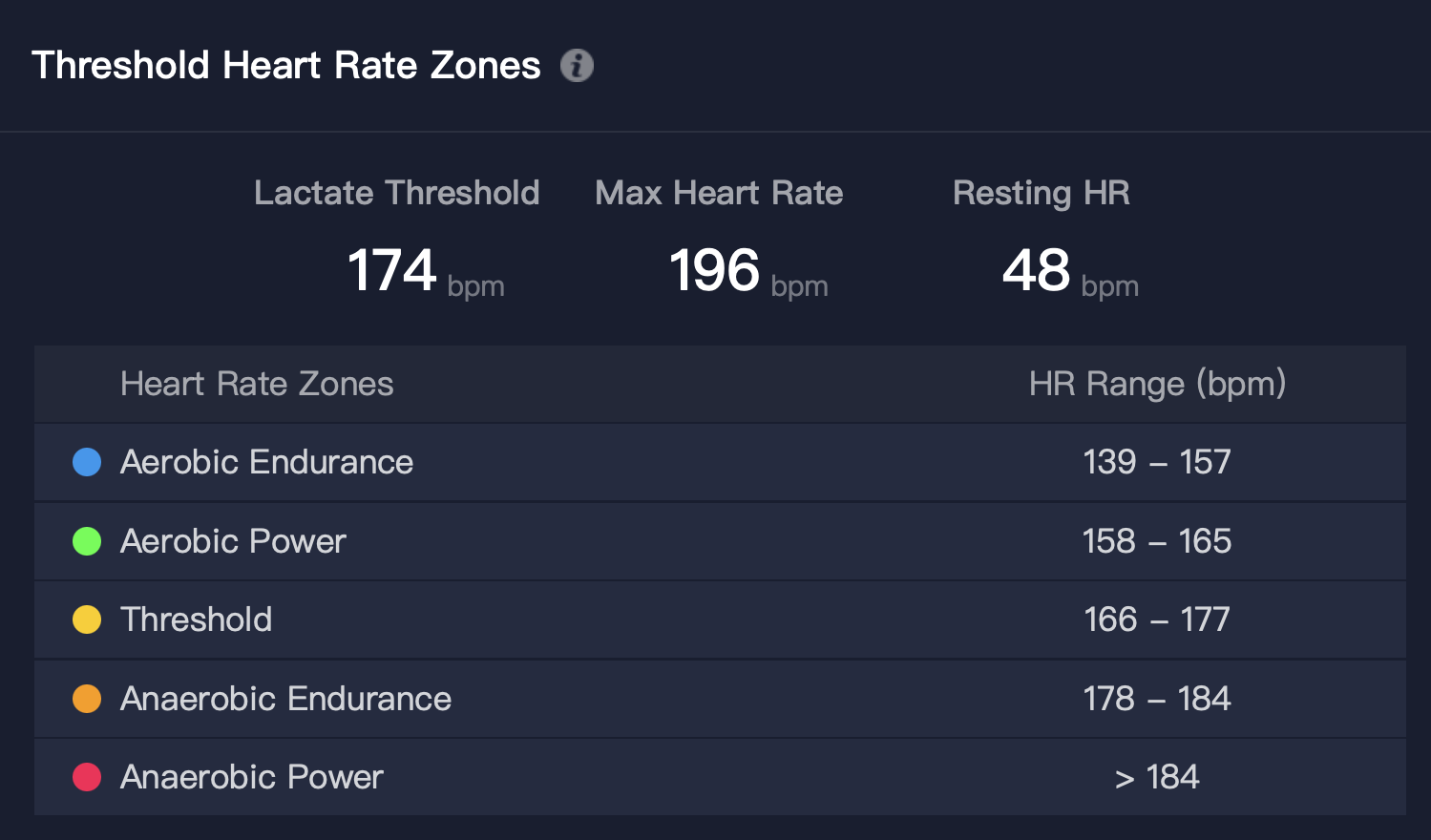
While navigation is critical to any successful expedition, improper pacing is likely to derail even the best of plans. Athletes should know where their fitness limits are, and aim to stay within these boundaries. For Dom, he knew that his "all-day" pace was firmly within his Aerobic Endurance Zone. To proceed cautiously, Dom set a heart rate alert of 120-150 on his watch which would beep at him anytime he went over this threshold. Ultimately, if Dom would have spent prolonged durations above 158, his body would have fatigued and created a deficit over time which would have slowed him down, or prevented him from achieving his goal. "I knew I could withstand 120-150 bpm based on my previous training...This gave me confidence to set this zone for my hike, and do everything I could to stay within it."
Based on his goal of maintaining 120-150 bpm, Dom only went above this threshold on a handful of occasions on his push to the summit. The peak heart rate he hit was 155 which is still within his Aerobic Endurance Zone. This is a fantastic example of knowing what your limits are, and utilizing technology to help you achieve your goals.
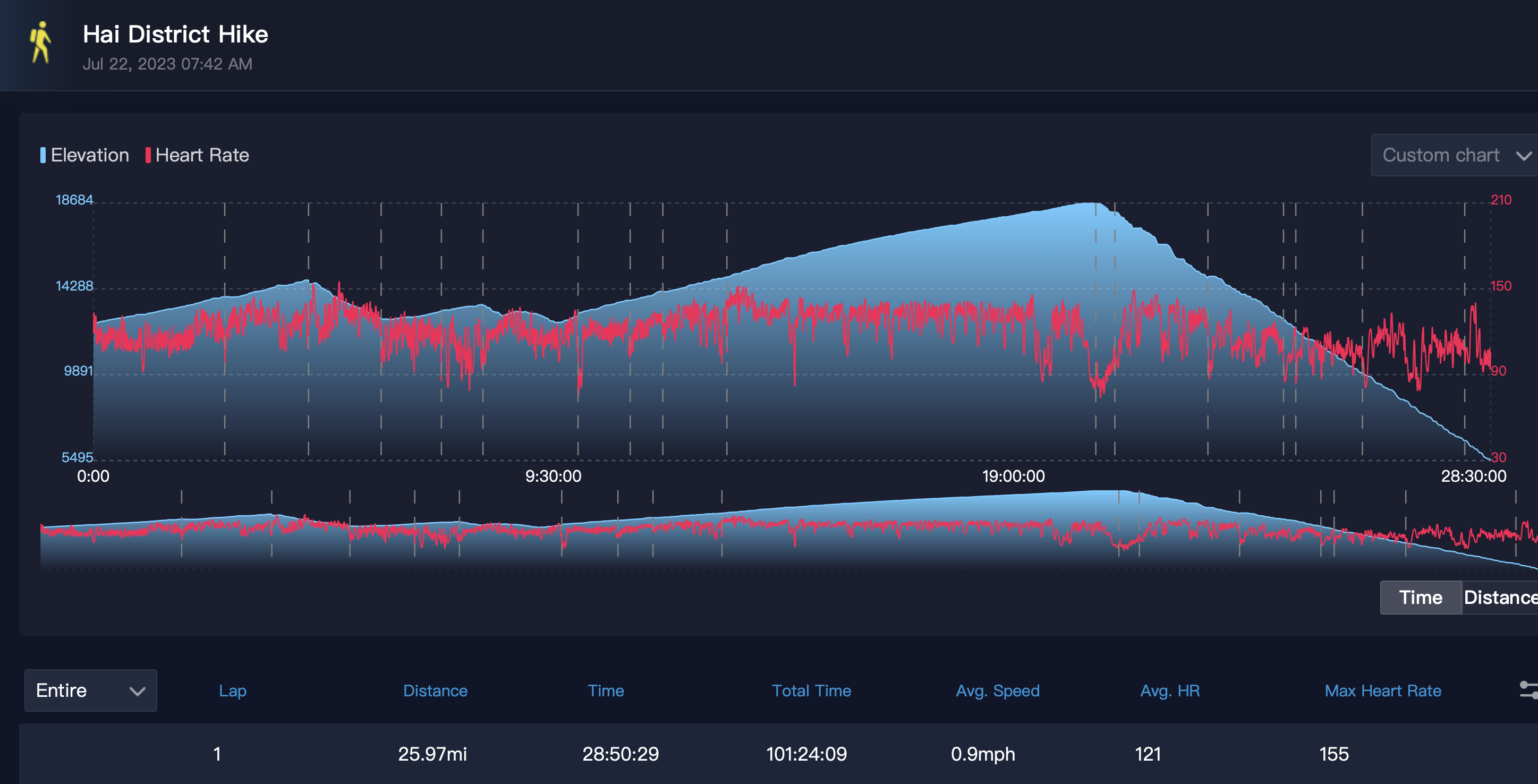
Travel
The final step to achieving your goal is planning your travel. There are a few tips/tricks Dom noted that can help all athletes following a similar path. First, ensure that you have your passport and necessary visas for any country that requires it. You should also ensure that if a permit is needed for the climb, you secure that well in advance. Finally, all countries require different vaccinations or medical supplies on hand should you need it. "The one thing I would stress is having the correct medicines on hand. I forgot my treatment for malaria and had to rely on my group members. Be sure to know what is needed, and pack everything in your bag so you won't forget!" Each country has their own list of requirements for travellers. Ensure that you are fully aware of these requirements before embarking on your journey so you can enjoy the experience and limit your overall stress.
Overall
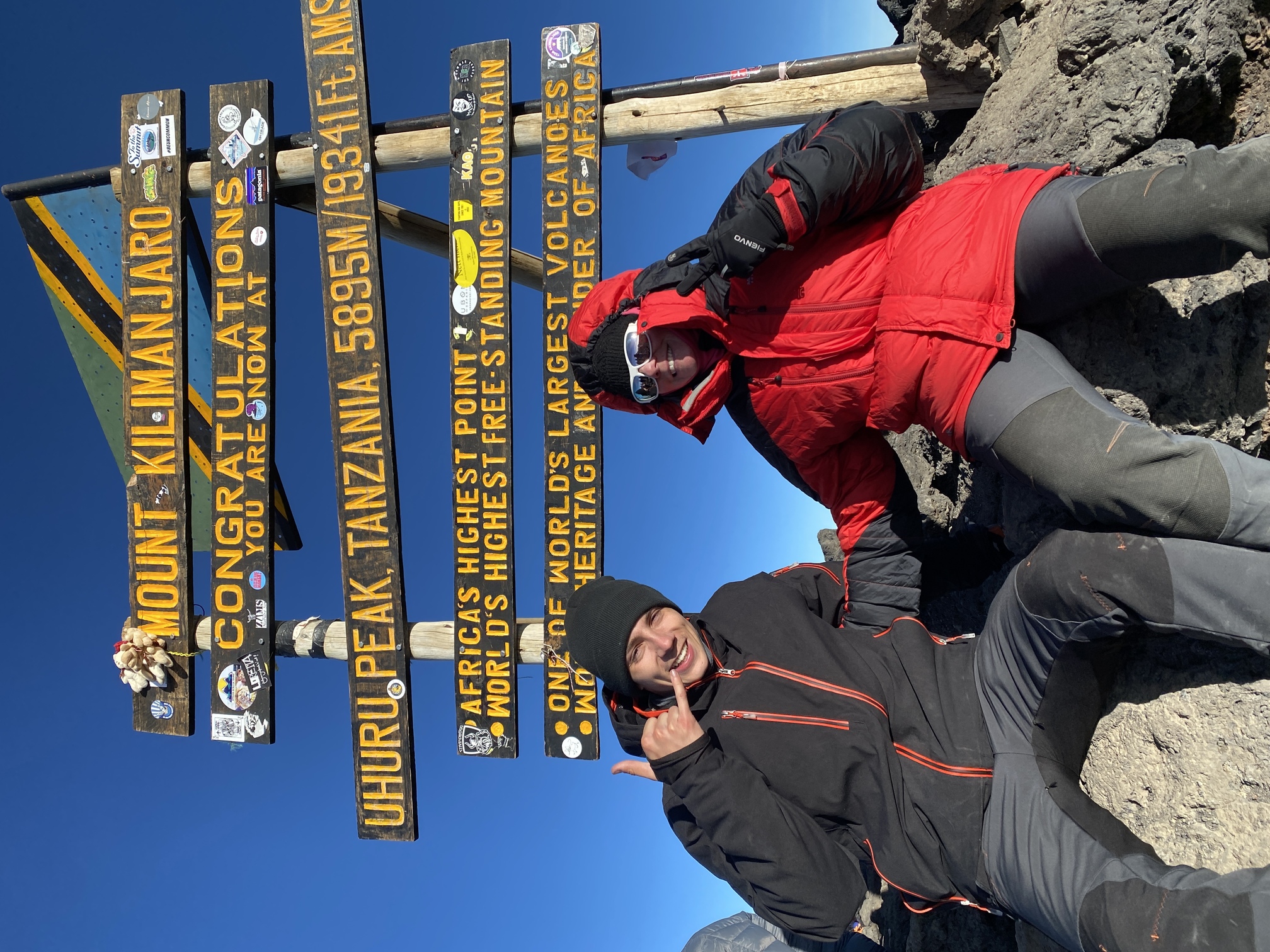
Dom had an amazing experience and hopes his story helps inspire others that aim to follow in his footsteps. "This trip exceeded my expectations." He feels passionately that his training prior to his trip, his research of equipment, his plan, and his travel arrangements made this all possible. While there are countless things that one may encounter as they hike Kilimanjaro, it all comes down to having a solid plan. "I'm blessed to have put together a well thought out plan and I would highly recommend this to anyone who is willing and able."

/filters:quality(90)/fit-in/970x750/coros-web-faq/upload/images/1623989a20f31d2b9d94c8a962aff92a.png)
